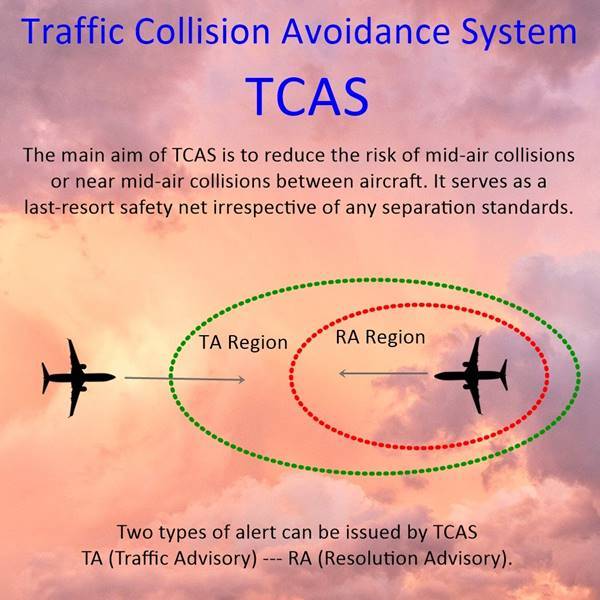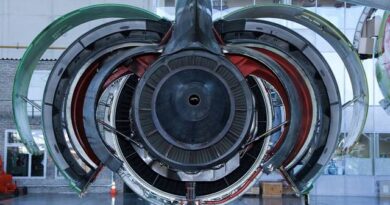Airborne Collision Avoidance System: Keeping You Safe Skies
Soaring through the sky, freedom beckons. But nestled beneath the thrill lies a hidden danger: mid-air collisions. Fear not, intrepid traveler! The Airborne Collision Avoidance System (ACAS) acts as your silent guardian angel, constantly scanning the heavens for potential threats.
How It Works:
- ACAS tracks nearby aircraft using their transponders.
- If a potential collision is detected, ACAS issues alerts and instructions to pilots.
- These instructions, called Resolution Advisories (RAs), guide pilots on how to avoid the danger.
Two Main Types:
- ACAS I: Provides traffic advisories (TAs) informing pilots of nearby aircraft.
- ACAS II: More advanced, offering TAs and RAs to actively prevent collisions.

Benefits:
- Reduces risk of mid-air collisions.
- Enhances situational awareness for pilots.
- Improves overall air traffic safety.
Next Generation ACAS:
ACAS technology is constantly evolving. Newer versions offer improved accuracy, range, and capabilities.
Soaring Safely:
ACAS is a crucial safety feature in modern aviation, working tirelessly to keep you safe every time you take to the skies.
Further Reading and Reference Links:
Official Resources:
Federal Aviation Administration (FAA) – link
Eurocontrol – link
SKYbrary Aviation Safety – link
Articles and Publications:
(ACAS) Guide: https://www.eurocontrol.int/publication/airborne-collision-avoidance-system-acas-guide
Wikipedia: https://en.wikipedia.org/wiki/Airborne_collision_avoidance_system
Additional Resources:
Portable Collision Avoidance System (PCAS): https://en.wikipedia.org/wiki/Portable_collision_avoidance_system
FLARM: https://www.flarm.com/


